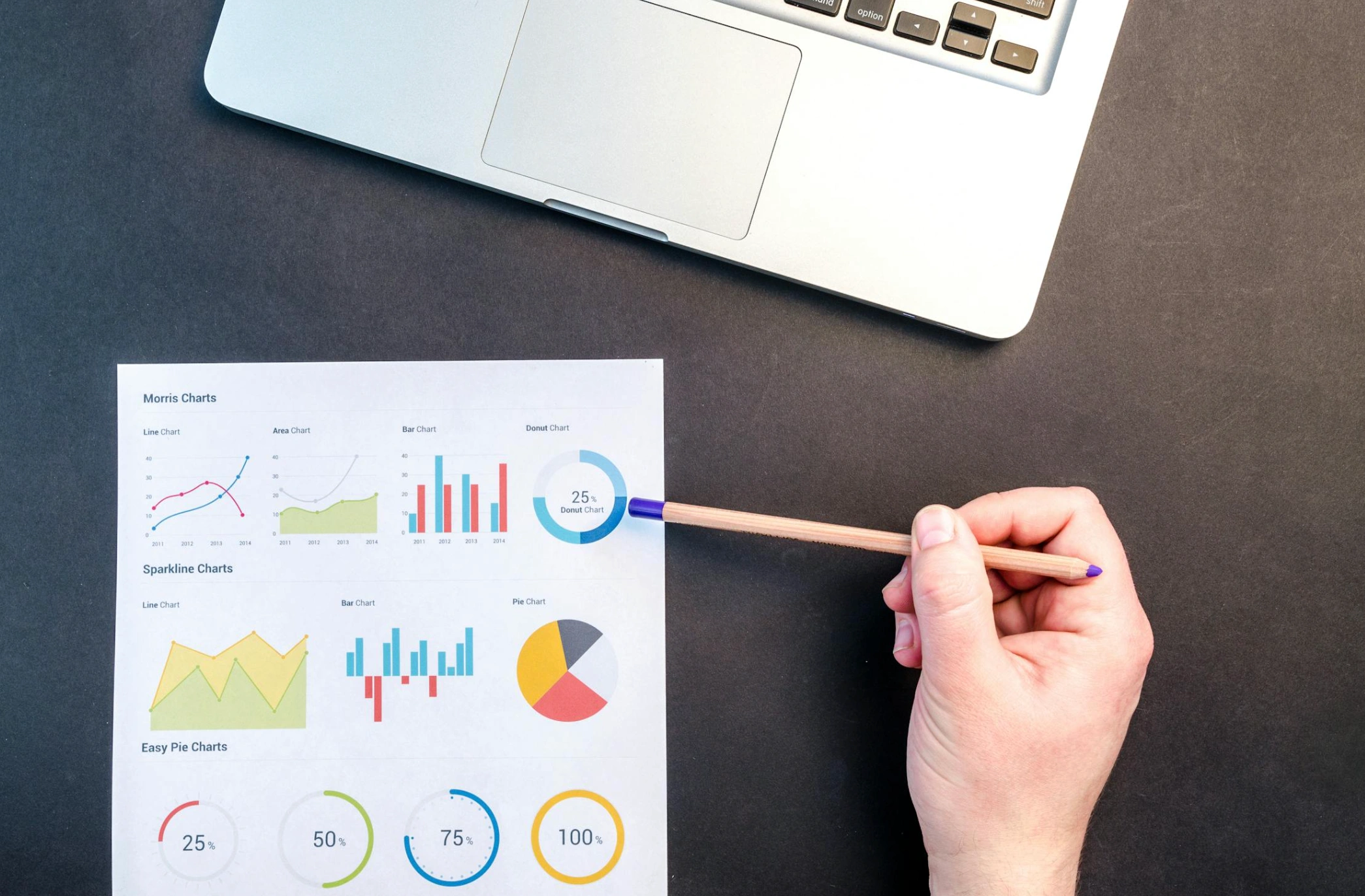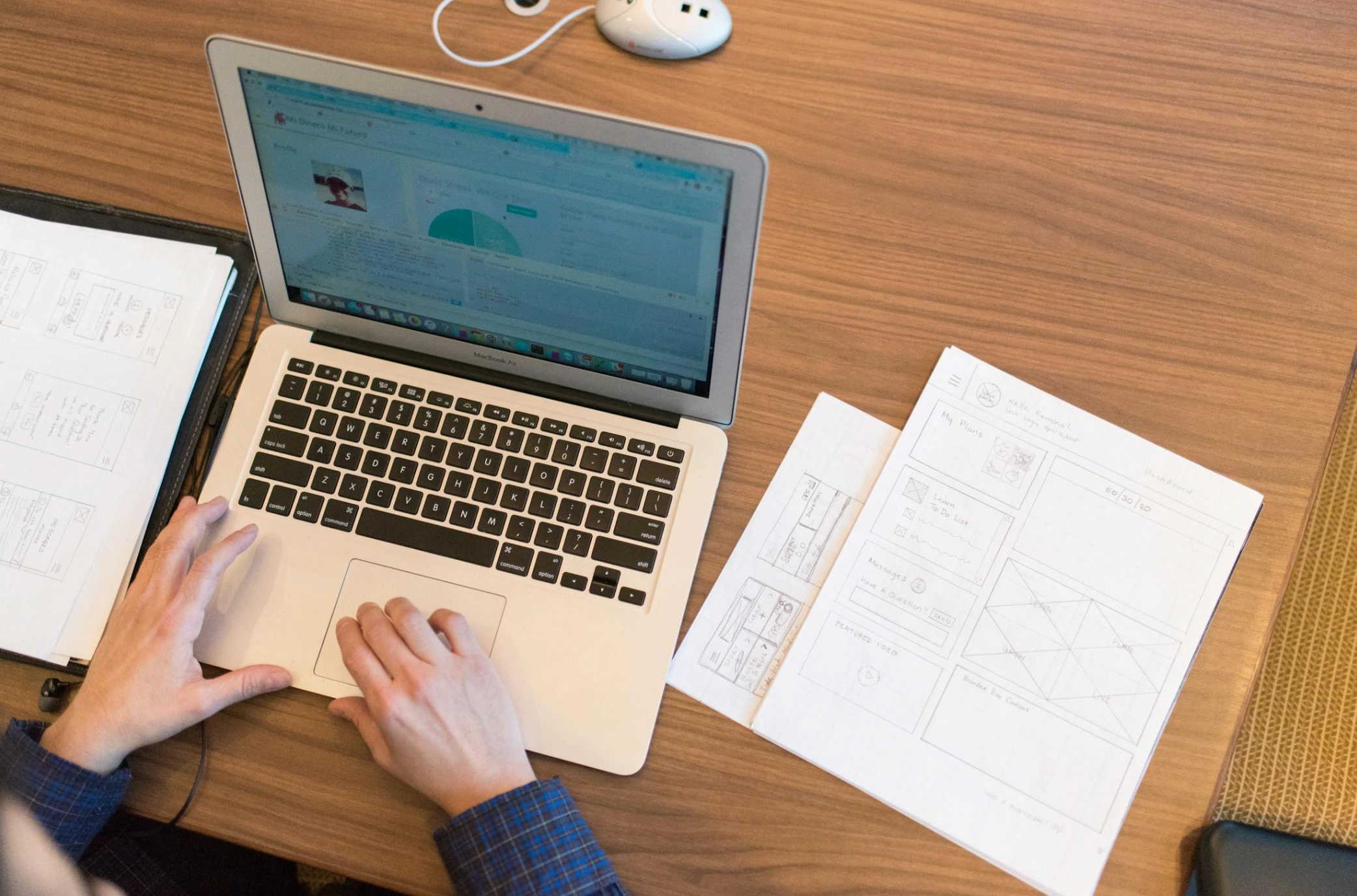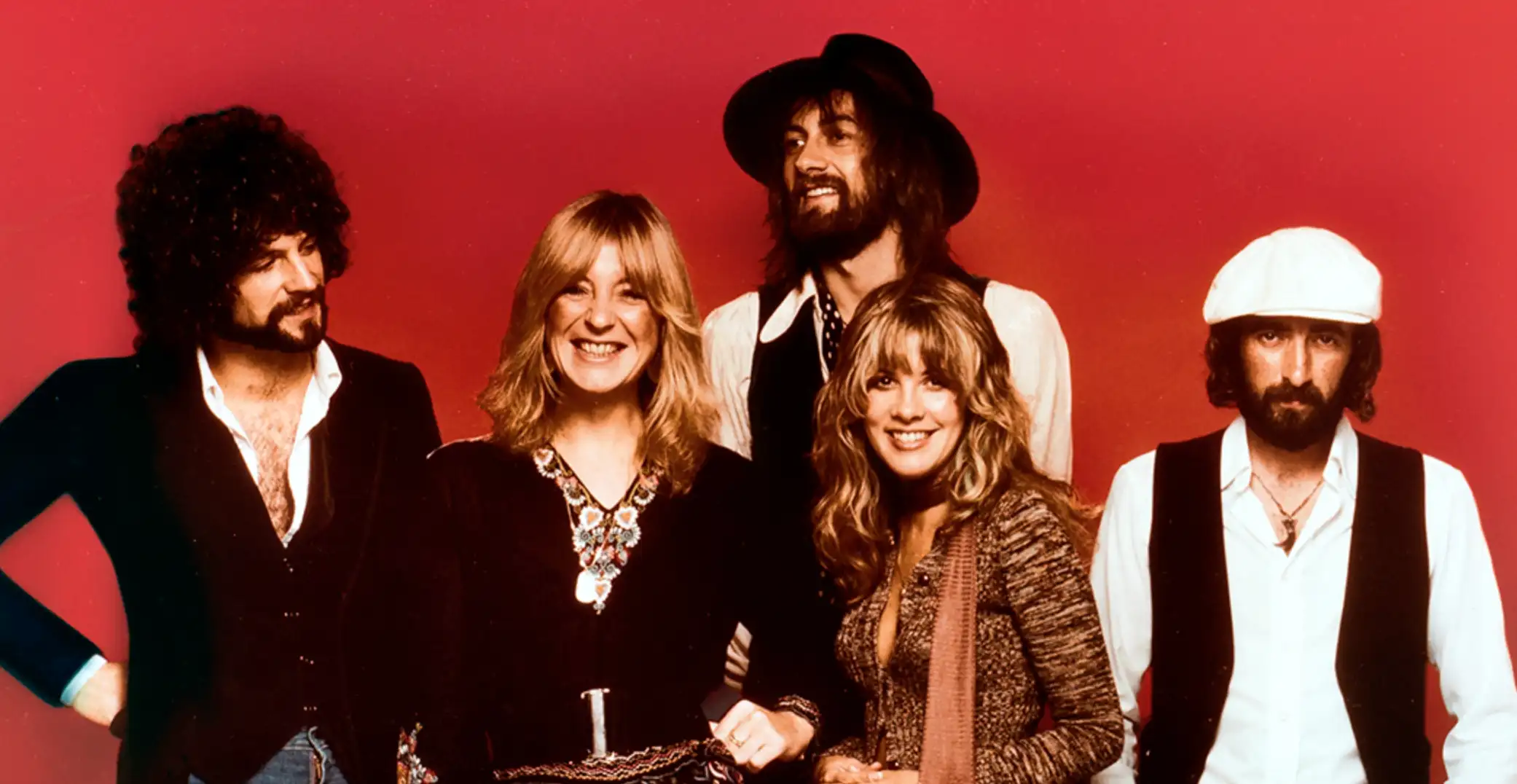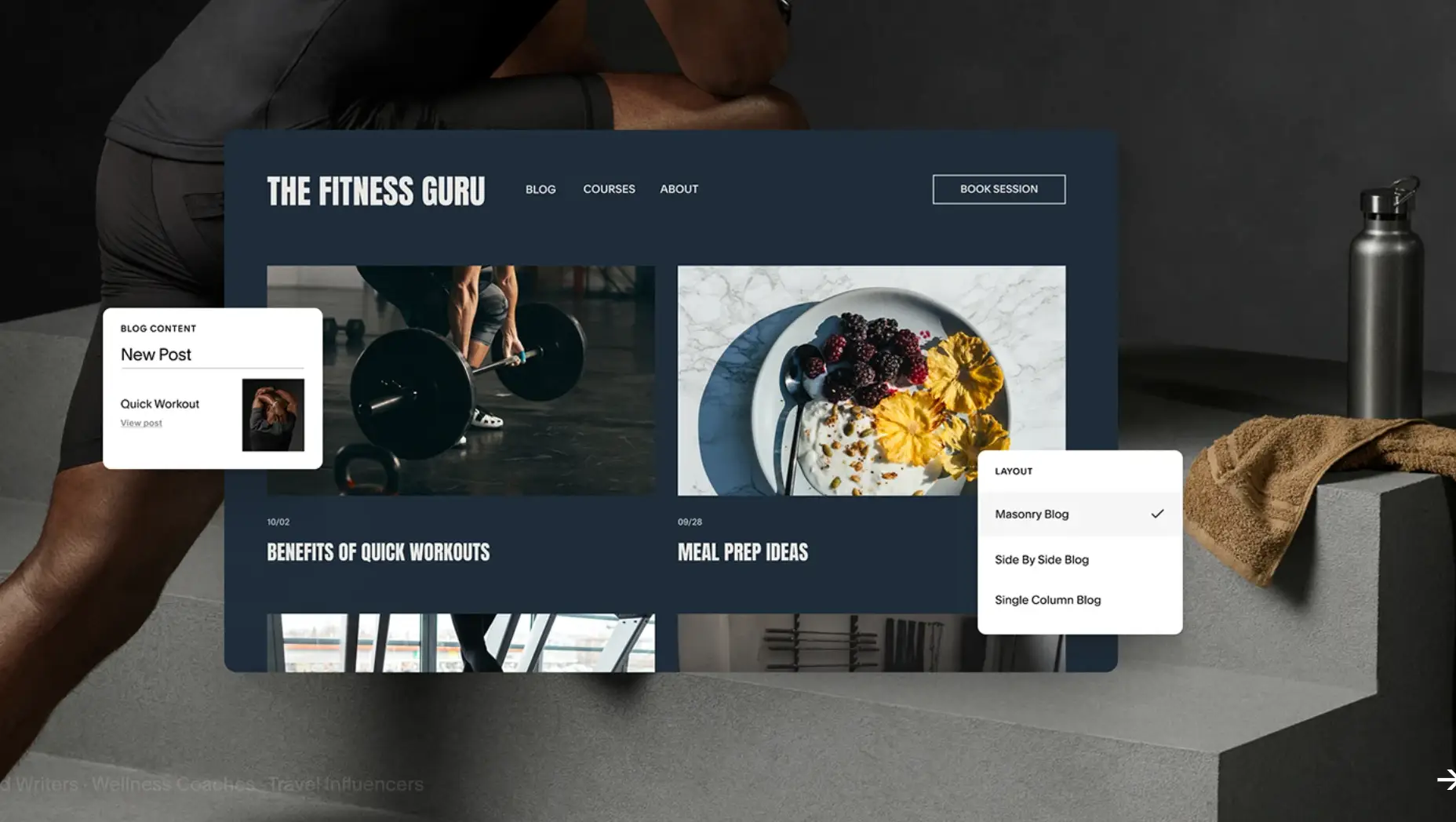The Role of Research in Rebrands: Methods and Timelines
Updated on
Published on

That high-stakes feeling before a rebrand—the pressure to change a logo, palette, or tagline—is precisely why brand research is non-negotiable. It shows what must never change—and where you’ve got permission to evolve—so your brand research methodology becomes a map that replaces opinions with signals and pressure-tests every move. (Qualtrics).
At-a-Glance
- The right mix beats any single method: pair qualitative depth (interviews) with quantitative confidence (surveys & tracking).
- Typical timelines: 6–12 weeks for research, depending on scope, markets, and approvals.
- Fast validations exist (48–72 hours) for naming, logo, and message screens—use them before creative bakes in.
- Guardrails: measure baseline equity first, run small tests often, and stage gates for exec alignment.
- Endgame: hand off clear insights, not just decks—decision rules, messaging hierarchy, and rollout risks.
1) Discovery & Brand Audit: What’s working—and what’s fragile
A rigorous audit anchors how to do brand research in a rebrand by revealing where equity truly lives (distinctive assets, recall drivers, trust signals) versus what’s just habit. Inventory visual and verbal assets, scan competitors, and review journeys to pinpoint friction and opportunity before creative exploration begins (Kantar). Also, measure distinctive assets first—only a small share are truly distinctive, so protect the ones that matter.
- Outputs: equity map, asset do-not-touch list, positioning gaps, competitive heat map
- Good for: aligning execs on facts, not taste; scoping later testing.
- Typical time: 1–2 weeks (desk research + stakeholder readout).
2) Qualitative Interviews & Ethnography: Find the “why” behind behaviors
Deep interviews supply the language and context that brand research methodology needs to shape positioning, tone, and early territories—especially in B2B, healthcare, and nonprofit decisions with long, emotional cycles (Ipsos). Use in-depths, mini-groups, or field ethnography to surface patterns surveys can size later.
- Outputs: themes, quotes, mental models, jobs-to-be-done.
- Sample & time: 12–24 interviews across key segments; 2–3 weeks.
- Best when: you’re shaping positioning, tone, and early creative territories.

3) Quantitative Surveys & Brand Equity Tracking: Size what matters
When proof is required, surveys quantify types of brand research outcomes—awareness, consideration, attribute fit, and distinctiveness—across audiences, plus the headroom you can win with new positioning. Baseline now, then track post-launch to measure lift and equity movement over time.
- Outputs: baseline dashboard (awareness, recall, attributes), target deltas, segment splits.
- Sample & time: n=300–600 per market for directional reads; 2–3 weeks including programming and field.
- Best when: you need executive buy-in or ongoing KPIs.
4) Concept & Message Testing: Choose what to say—and what to ship
Concept screens, MaxDiff, and conjoint make how to do brand research concrete: which messages cut through, which benefits matter most, and how identity choices affect preference. MaxDiff ranks messages; monadic tests validate single ideas; conjoint handles feature/price trade-offs (Harvard Business School Online).
- Outputs: ranked messages, must-keep claims, price/value sensitivities.
- Sample & time: n=200–500 per arm; 1–2 weeks for design→field→readout.
- Best when: selecting a value prop, tagline, or go-to-market story.

5) Logo/Name Validation & Semiotics: Signal, meaning, and risk
A/B helps, but really using it thoroughly during brand research is the most effective: test recognition and recall, forced-choice preference with “why,” and use semiotic analysis to catch unintended cultural meanings before a final pick (Science Direct). Don’t over-index on raw preference—read the reasons and recognition, and scan for cross-market codes.
- Outputs: recognition scores, distinctiveness vs. fit, red-flag meanings across markets.
- Sample & time: quick screens (48–72 hours); deeper semiotics 2–3 weeks.
- Best when: narrowing from 3–5 finalists to 1–2 for refinement.
6) Usability Testing for Rollout Touchpoints: Make the brand usable
When identity hits the real world—site nav, templates, sign-up flows—the brand research methodology must validate access and clarity: can people complete tasks, recognize you, and understand the promise without help? Lightweight moderated tests reveal friction that pure brand work can’t see (NN/g).
- Outputs: task success rates, confusion points, content hierarchy fixes.
- Participants & time: 5–8 users per audience per round; 1–2 rounds over 1–2 weeks.
- Best when: finalizing design system, content patterns, and accessibility.

7) Social Listening & Sentiment: Real-time guardrails
Public conversation is a stress test; this type of brand research scans sentiment, topics, and influencer communities to anticipate backlash, pick moments, and refine messaging pre- and post-launch. Pair it with surveys to separate vocal minorities from broad shifts (Nielsen)
- Outputs: sentiment trendlines, topic clusters, watch-list terms.
- Time: setup in days; insights within a week; ongoing monitoring post-launch.
- Best when: planning announcements, crisis prep, or regional nuance.
8) Brand Lift & Campaign Measurement: Prove the change worked
After rollout, how to do brand research includes proving impact: pre/post tracking and brand-lift studies tie creative to movement in awareness, recall, and consideration, giving finance and the board confidence to keep investing (Nielsen). Recall is a major driver of lift, so treat it as a core KPI in rebrand measurement.
- Outputs: lift vs. control, channel contribution, payback windows.
- Time: 2–4 weeks per wave; ongoing tracking quarterly.
- Best when: validating media and creative effectiveness.

Practical Timelines (Single-market, mid-size org)
The role of research in rebranding expands or compresses with scope; use these as planning baselines rooted in brand research methodology practicalities.
6-Week Sprint (fast validation)
Week 1: Audit + stakeholder interviews (6–8).
Week 2–3: Concept/message screens (MaxDiff/monadic).
Week 4: Lightweight usability (1 round).
Week 5: Synthesis + executive working session.
Week 6: Creative handoff + go/no-go gate.
8-Week Standard (balanced depth)
Weeks 1–2: Audit + qual (12–18 interviews).
Weeks 3–4: Quant baseline (n=400–600).
Week 5: Concept/message test.
Week 6: Usability round 1.
Weeks 7–8: Readout, revisions, alignment, creative handoff.
12-Week Multi-market (deeper rigor)
Weeks 1–3: Audit + qual across 2–3 segments/regions.
Weeks 4–6: Quant baseline per market.
Weeks 7–8: Conjoint or multi-cell concept tests.
Weeks 9–10: Usability across key touchpoints + accessibility.
Weeks 11–12: Exec workshops, governance gates, and final brief.
Budget & Sample Size Guardrails
Ground budgets so spend maps to risk—protect what’s valuable, validate what’s new, and avoid over-researching low-impact decisions in types of brand research.
Directional qual: 12–24 interviews; add travel or incentives if specialized audiences.
Quant baseline: aim for n=300–600 per market; oversample priority segments for confidence.
Concept/name/logo screens: quick panels are cost-efficient; reserve conjoint/semiotics for decisions with long half-lives
Tracking & lift: quarterly pulse + lift on major campaigns; scope by channel mix and required confidence
How We Got the Numbers
- We mapped types of brand research to business questions, typical sample sizes, and cycle times using established playbooks from (Kantar), (Ipsos), (Nielsen), and (Nielsen Norman Group).
- We emphasized quick-win validations alongside longer studies so teams can learn while moving.
- Durations reflect single-market, mid-size orgs; add time for multilingual, regulated, or multi-region scopes.
FAQ
How much research do you really need before a rebrand?
Enough to clarify what is brand research delivering: what equity to preserve, where to differentiate, and how to validate choices. For mid-size orgs, a balanced 8-week plan (audit, qual, quant, testing) is usually right-sized.
What research is “must-have” vs. “nice-to-have”?
Must-have: audit, stakeholder/customer qual, a quant baseline, and one validation step. Nice-to-have: conjoint for complex offers, semiotics for global signals, and multi-wave tracking—core parts of brand research methodology when stakes are high.
When should customer surveys happen?
Early (baseline) and late (post-launch). The early pass anchors how to do brand research to facts; the late pass proves the change worked.
Do we need user testing if we’re only changing identity?
Yes. Identity lives inside experiences—navigation, templates, sign-ups. Usability shows if people can find, understand, and act on the new story.
How long do logo/name tests take?
Quick panels can return in 48–72 hours; if you add semiotics or multi-market samples, plan 2–3 weeks—an efficient slice of types of brand research for identity calls.
Where Insight Becomes Momentum
When it’s done well, what is brand research isn’t a hurdle—it’s a head start. You preserve assets customers already love, pressure-test bold moves before they calcify, and choreograph rollout so your new story lands cleanly the first time. Choose the right types of brand research, set timeboxes that keep decisions moving, and treat every touchpoint as an acceleration lane for creativity. That’s how to do brand research that turns opinions into outcomes—and a rebrand into lasting traction.







